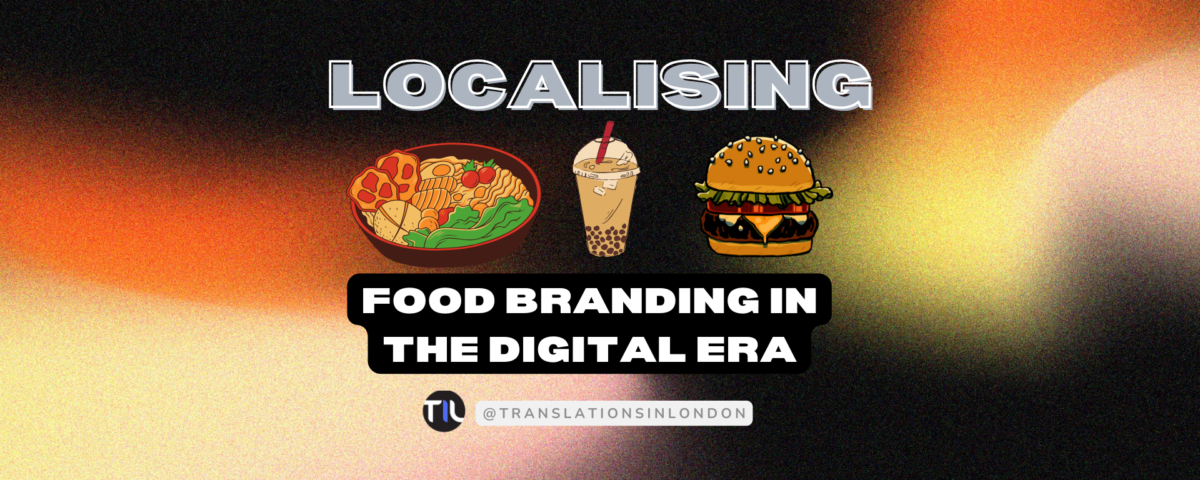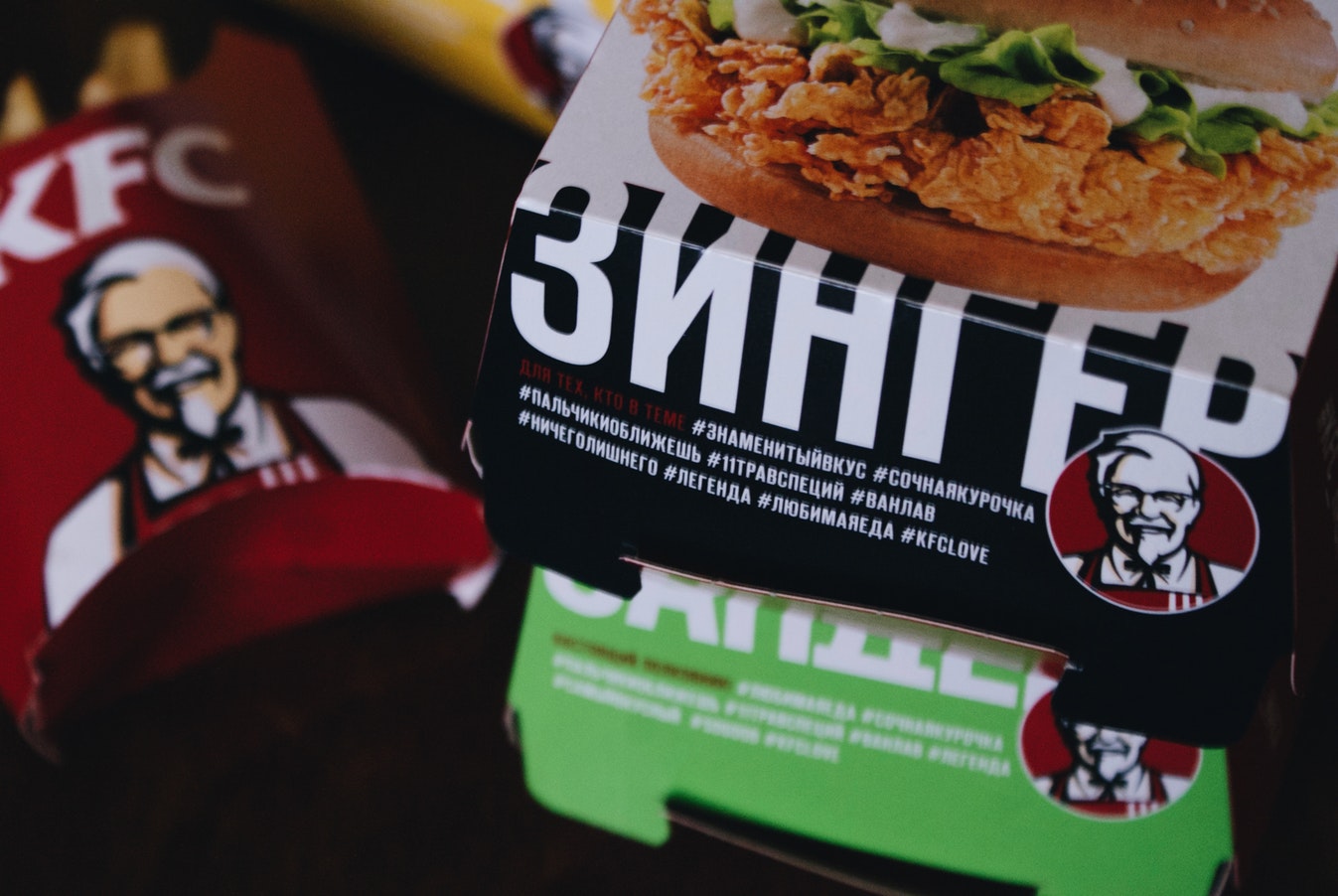Before the widespread impact of capitalism on global markets, experiencing truly diverse cuisines typically required purchasing a ticket and personally visiting the respective countries. During these journeys, one could physically savour and explore ingredients that were often unavailable in local grocery stores, investing a potentially significant sum for a unique culinary experience. Fast forward to the Instagram and social media era, and food companies are striving to recreate a distinctive, yet more affordable, visual experience online. This is made possible through carefully edited photographs and localisation, reaching audiences worldwide.
Localisation used effectively by food companies, in particular fast-food chains, has enabled them to tailor their products to diverse tastes and even navigate the intricacies of the most challenging cultures.
The Coca-Cola Company stands out as a prime example of a corporation that has embraced the localisation of its products as a defining characteristic. As one of the most renowned soft beverage brands globally, Coca-Cola consistently tailors its image to align with the cultural nuances of each target country. For instance, in Italy, the campaign ” #accendilaserata” (“light up the night”) bonds its image to young Italian pop stars and smoking hot pizza or pasta dishes. Parisians, on the other hand, experienced the party “à la parisienne” along the banks of the Seine, with the celebration named “La Grande Tablée Coca Cola,” reminiscent of bohemian summer gatherings in Paris.
Navigating Asian markets has historically posed challenges for Western companies, but Coca-Cola successfully introduced the diversified product “Georgia,” now one of the most popular canned coffee drinks in Japan. The company is adept at offering limited edition products tailored to specific markets, such as a bottle adorned with “sakuras” , the Japanese cherry blossoms. Additionally, Coca-Cola introduces variations like Peach Cola to continually appeal to local tastes and propel its brand forward.
Coffee stands as one of the most globally cherished beverages, and Starbucks plays a pivotal role in shaping its image. The company’s mission statement, asserting that ‘a human spirit cannot be inspired without at least a cup of coffee a day,’ underscores the cultural significance it attributes to this beloved drink. To meet the diverse preferences for various beverages, Starbucks has adeptly tailored its messaging in different countries.
In Asian countries like Japan and Korea, where visual appeal holds paramount importance, Starbucks employs soft pinkish-baby hues in images, seamlessly blending them with cups of coffee or tea, creating an irresistibly alluring aesthetic. In contrast, Northern European countries embrace a message of simplicity, featuring visuals of warm and cosy sweaters alongside steaming mugs filled with black coffee, reflecting a more understated yet inviting atmosphere.
Another popular food company making a mark on Instagram is KFC (Kentucky Fried Chicken), the American company which offers fried chicken at a low price-point. The company excels in adapting its messaging to resonate with diverse countries and cultures. Notably, on the KFC France Instagram page, the emphasis is placed on the country’s symbol—a chicken, a delightful coincidence that aligns seamlessly with the brand’s identity.
In the challenging Asian market, KFC employs a simple yet effective strategy by featuring images of individuals dressed in kimonos. This deliberate choice serves to subconsciously reassure the Japanese market. While Japan is known for its innovation and openness to Western companies, there still exists a strong foundation of traditional culture.
Localising food products through Instagram provides companies with the opportunity to capture the attention of a younger audience, who are often presented with a plethora of choices. Exploring additional localisation topics, companies can leverage current trends to cultivate brand loyalty. This approach allows them to present a modern image while, when necessary, maintaining a connection to tradition.
TikTok, the dynamic social media platform synonymous with short-form videos, plays a pivotal role in amplifying the impact of localisation strategies within the food industry. With its vast user base, particularly dominated by the younger demographic, TikTok becomes a potent tool for companies aiming to engage audiences on a global scale.
In the age of Instagram and TikTok, visual localisation revolutionises global food brand engagement. TikTok, with its short-form videos, becomes a potent tool, authentically connecting local flavours to global trends. This fusion of localisation and social media defines a dynamic era in the food industry, creating cultural relevance and global appeal.
Please check out our other blog posts and our TikTok for more linguistic related content!



